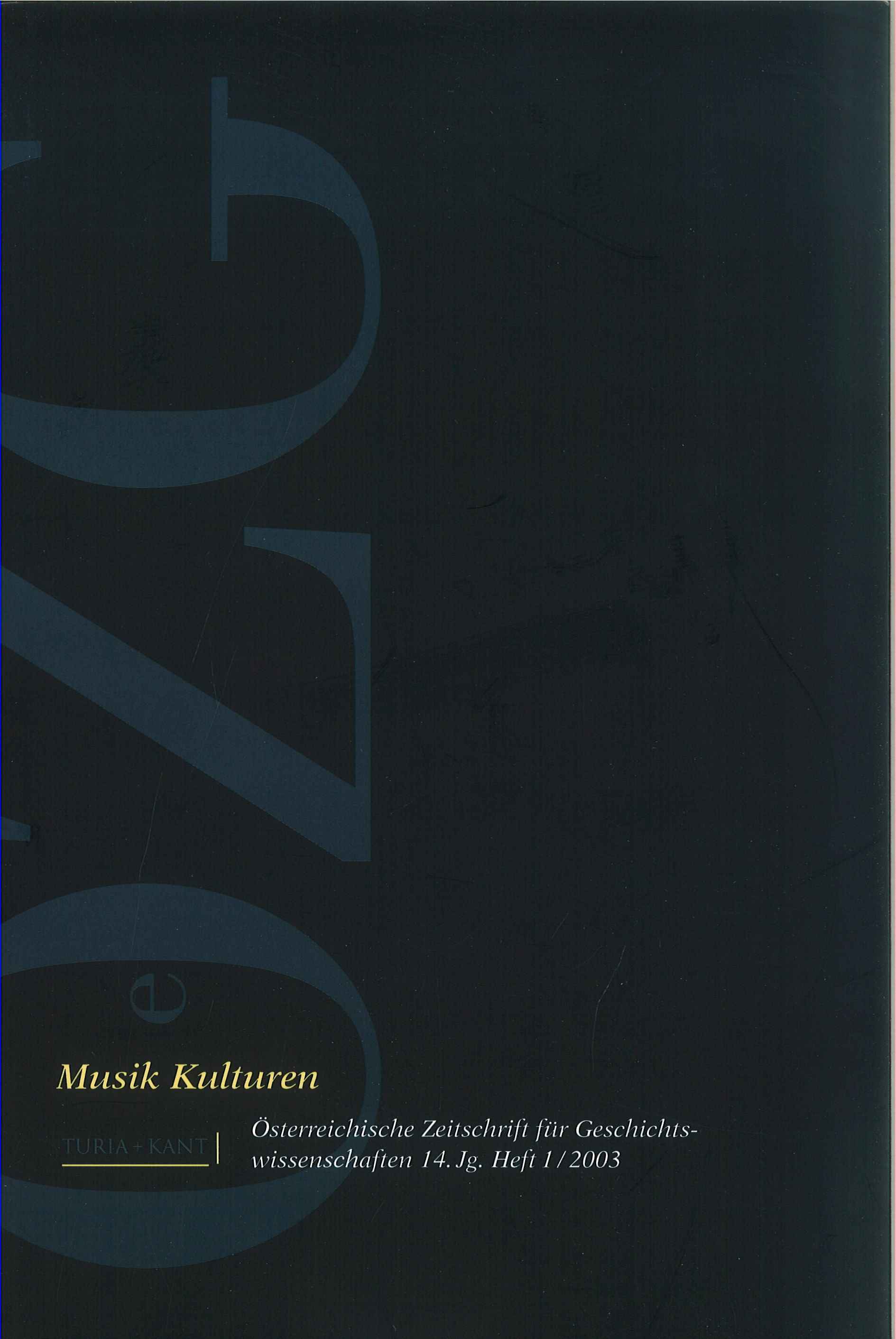Austrian identities in 19th-century art
DOI:
https://doi.org/10.25365/oezg-2003-14-1-5Abstract
Through an examination of artistic production from the foundation of the Austrian Empire in 1804 down to the end of the First World War in 1918, the author argues that there was no uniform and definite idea of Austrian identity. Instead, there were a number of variable concepts in circularion, reflecting the complex ethnic and legal structure of the Hapsburg monarchy. Forrns of Austrian identity were not only created between the people and the dynasty (an excellent example being the iconography associated with Emperor Francis II [I]), but also in the representational spheres occupied by the church and the nobility, who both expressed their claims to authority through the arts. The construction of the famous Votive Church (Votivkirche) in Vienna constituted a significant innovation, in that members of the Hapsburg family defined the church as a form of dynastic monument. In this way, two previously different artistic types - church and monument- were amalgamated into a new kind of »church monument«, whose function was to demonstrate the unity of dynasty and Roman Catholic Church as a distinctive feature of Austrian identity.


